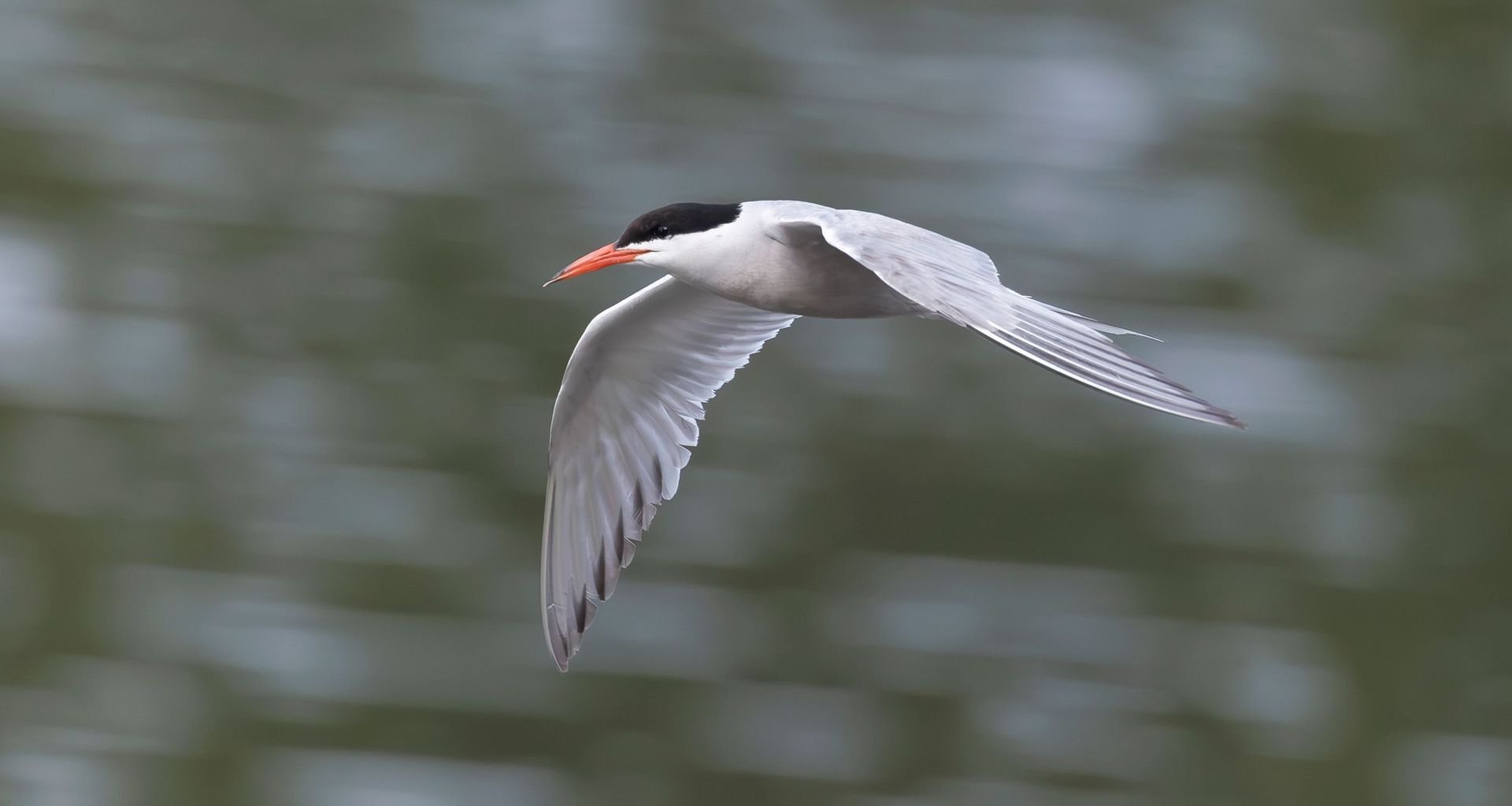
With 80% of Wallonia's biodiversity concentrated in an area of just 22,000 hectares, the National Park Entre-Sambre-et-Meuse is home to the highest concentration of species in Wallonia. Where does this astonishing richness come from?
3 geological regions
The territory of the National Park spans three intertwined natural regions. This explains the variety of landscapes and human traditions found in the Park, as well as the diversity of the relief and soils that form the foundation of living ecosystems.
- Fagne: In the north, the Fagne unfolds a beautiful bocage landscape dotted with hedges, humid grasslands and forests, crossed by the river valley Eau Blanche.
- Calestienne: In the centre, calcareous hills, once grazed by roaming herds of sheep, host an exceptional flora.
Ardenne: In the south, a schist massif covered with ancient forests and carved out by deep valleys, including the remarkable river valley Eau Noire. Here, the giant oaks and beeches reign supreme.
Fagne
To the north, the Fagne unfolds a superb bocage dotted with hedges, wet meadows, and woods, crossed by the Eau Blanche plain.

Calestienne
In the center, limestone hills grazed by a herd of wandering sheep, with their limestone grasslands and exceptional flora.
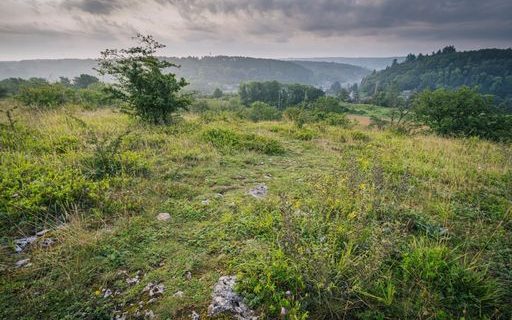
Ardenne
To the south lies a schistose massif covered with ancient forests, carved out by deep valleys, including that of the Eau Noire. It is the realm of giant oaks and beeches.
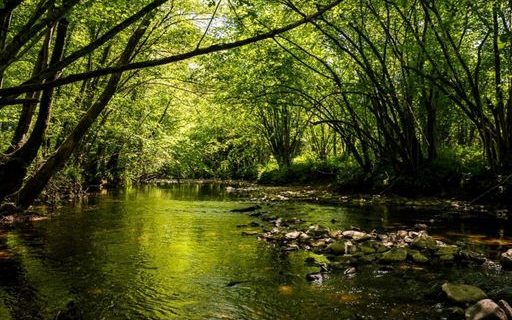
26 precious habitats
The convergence of these three geologies has created a constellation of remarkable natural environments. Traditional practices, such as extensive grazing and artisanal quarrying, have accentuated this diversity. No fewer than 26 habitats of Community interest (HCI), recognised as priorities by the European Union, have been identified in the National Park, such as the emblematic calcareous grasslands.
86% of Wallonia's fauna
The National Park is home to 80% of Wallonia's biodiversity (86% of its fauna). The diversity of habitats and the interdependence between species (for example, the life cycle of many butterflies depends on specific plants) largely explain this diversity. The National Park was created to safeguard this exceptional biodiversity, symbolised by typical species of our remarkable sites and habitats.
-
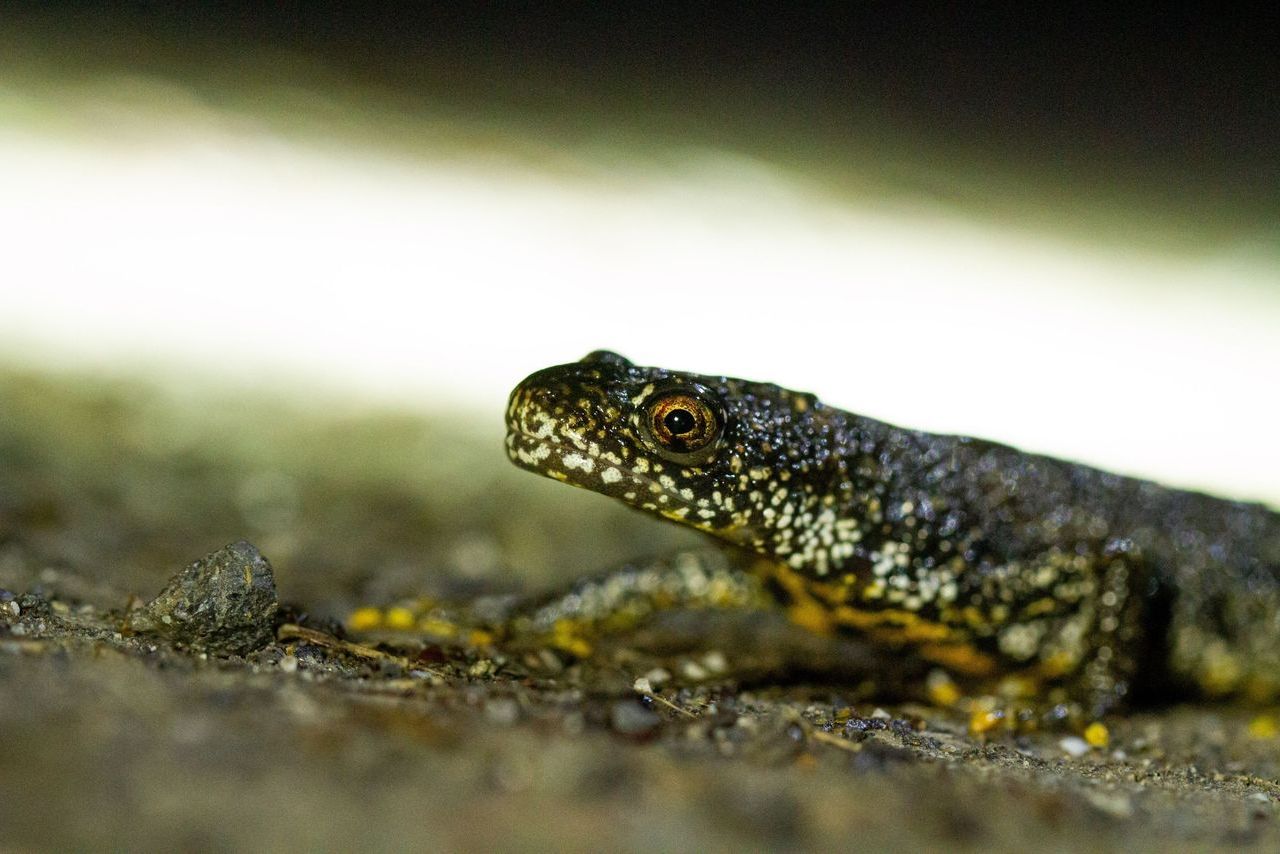
Triton crêté -
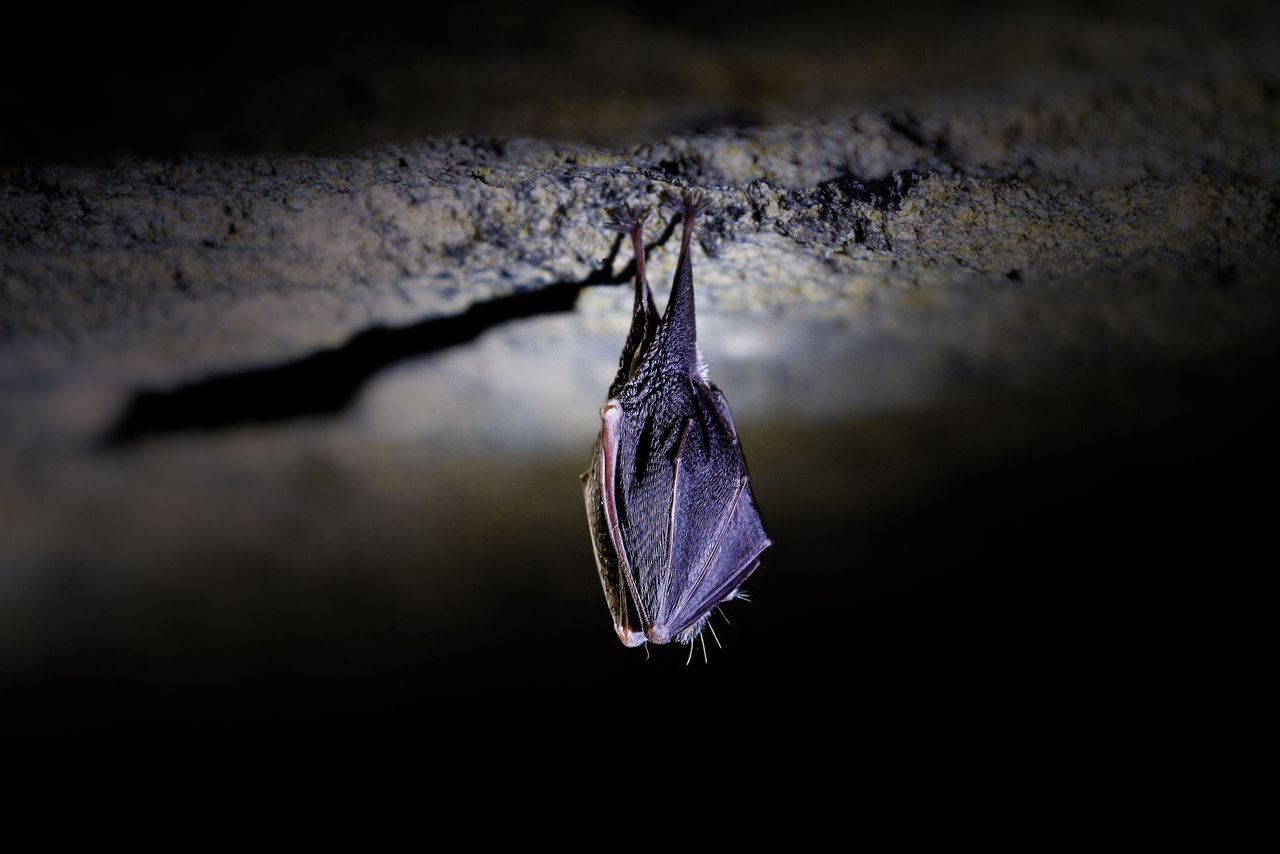
Grand rhinolophe -
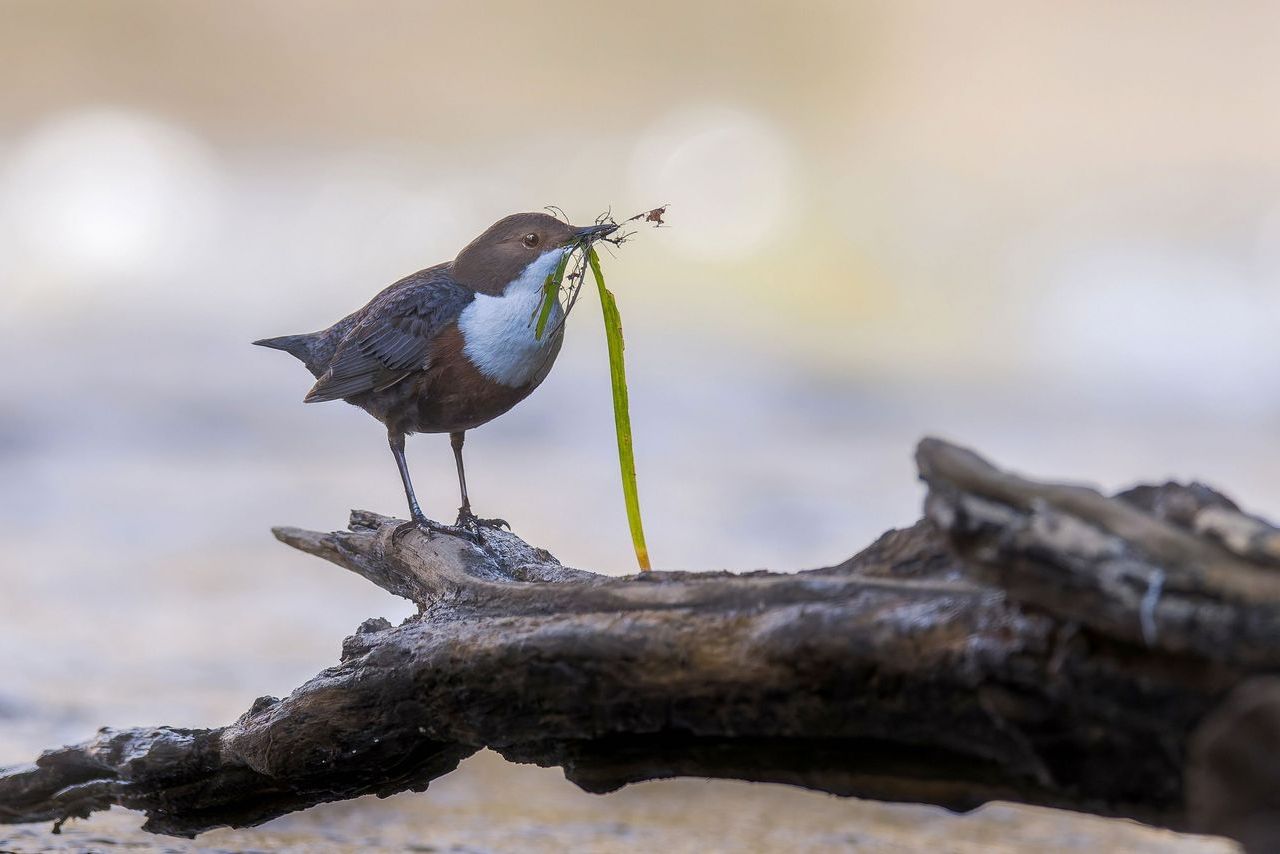
Cincle plongeur -
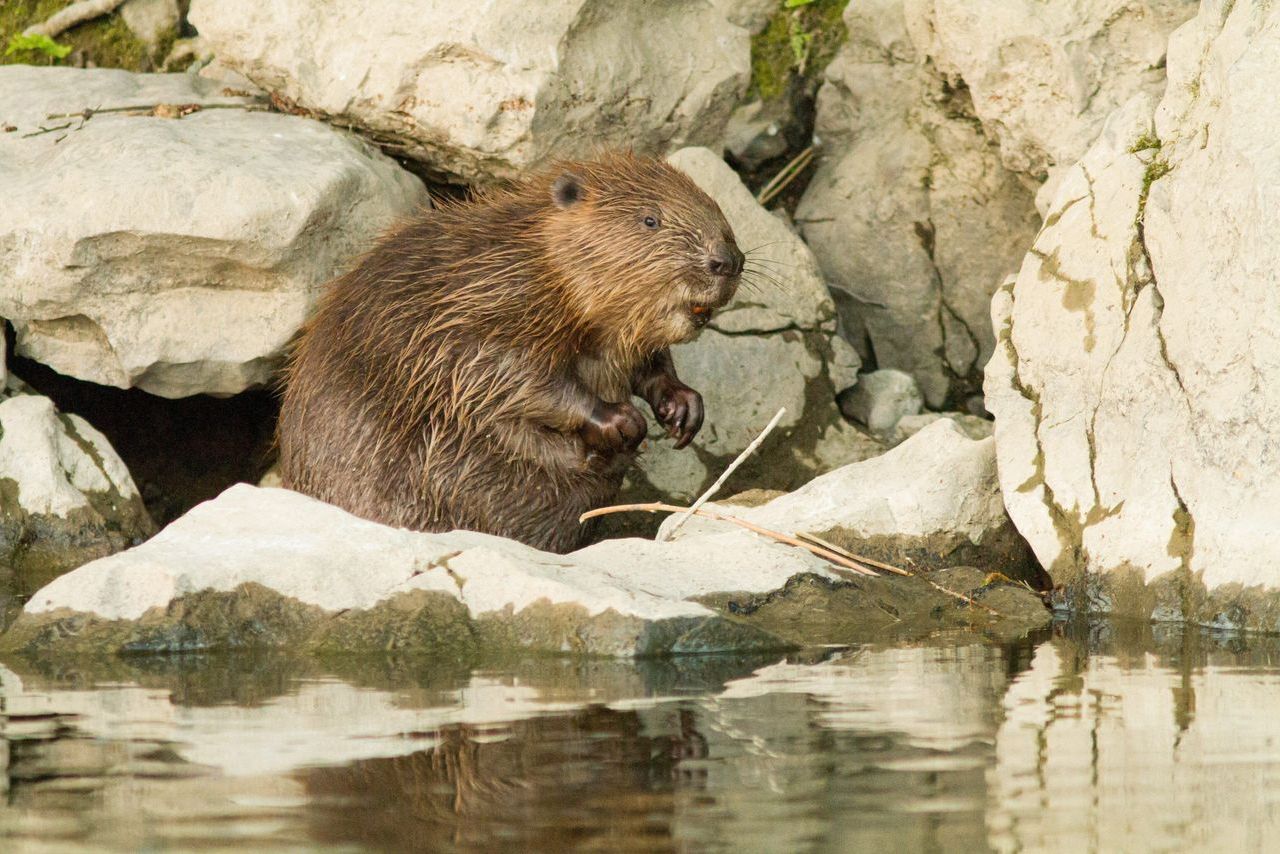
Castor -
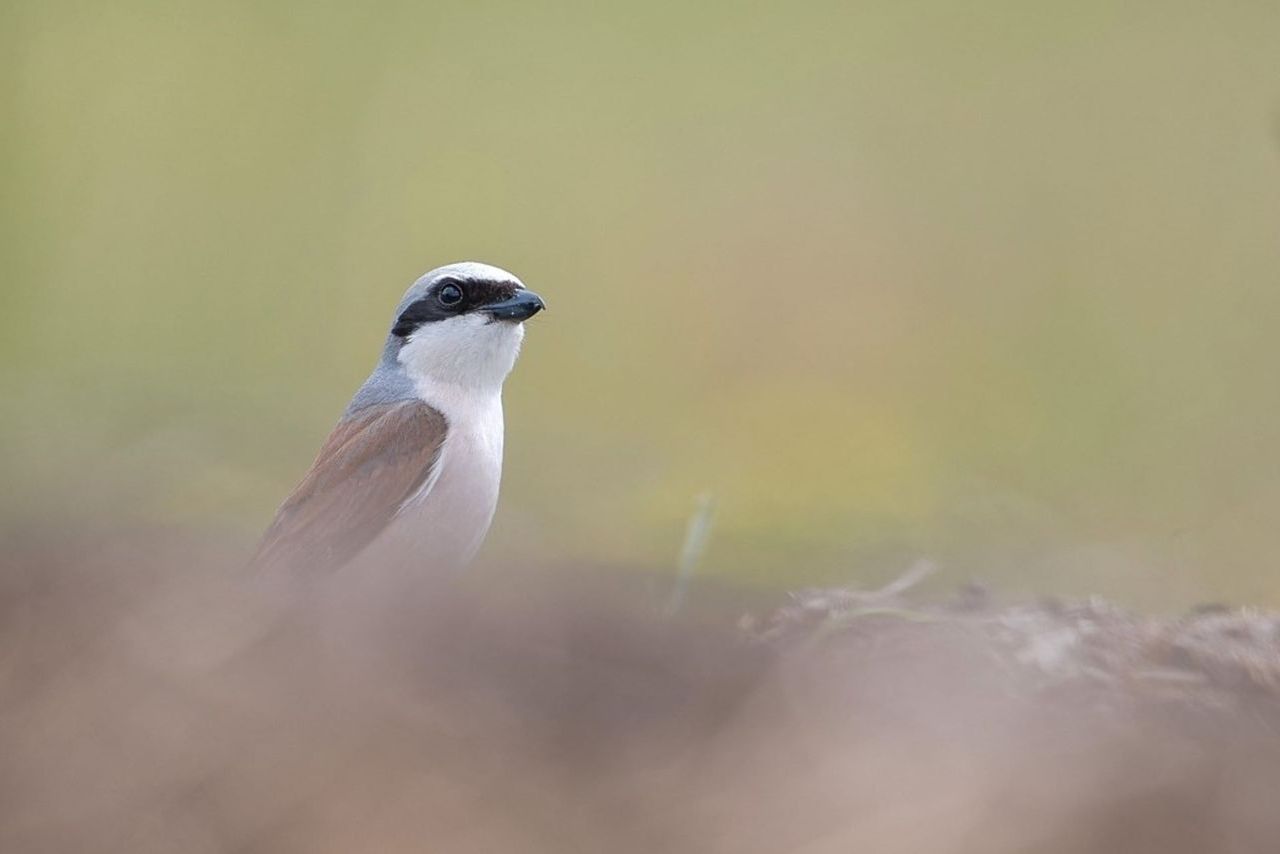
Pie Grieche -
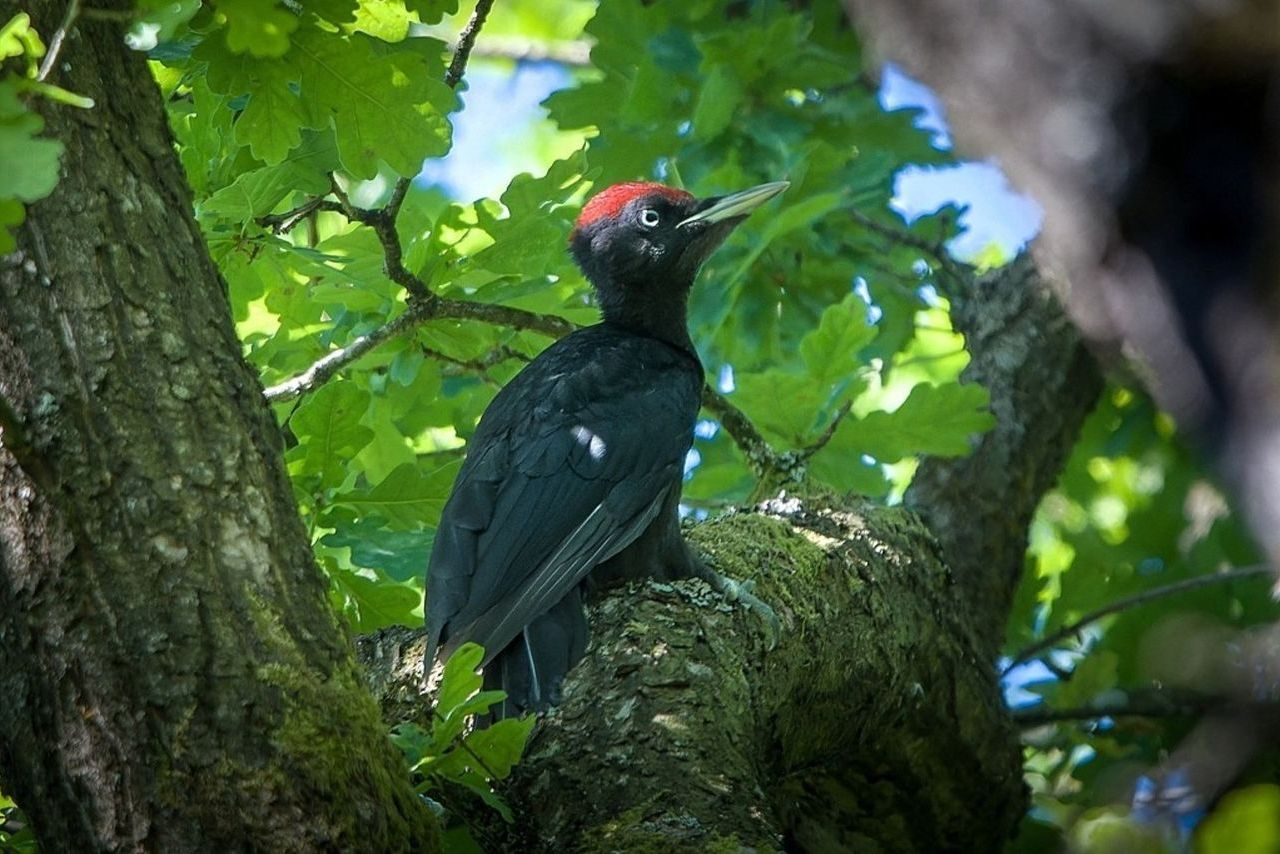
Pic noir